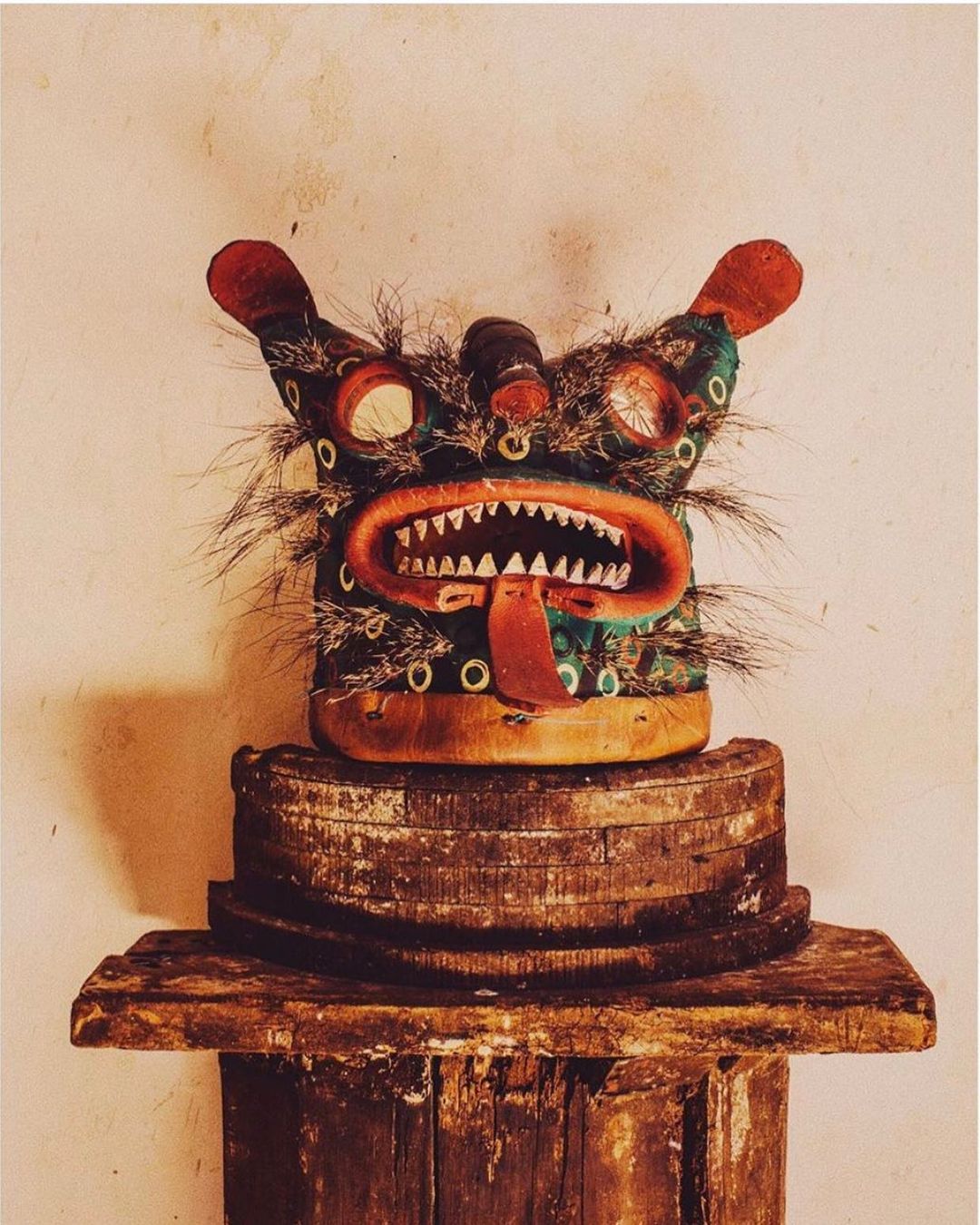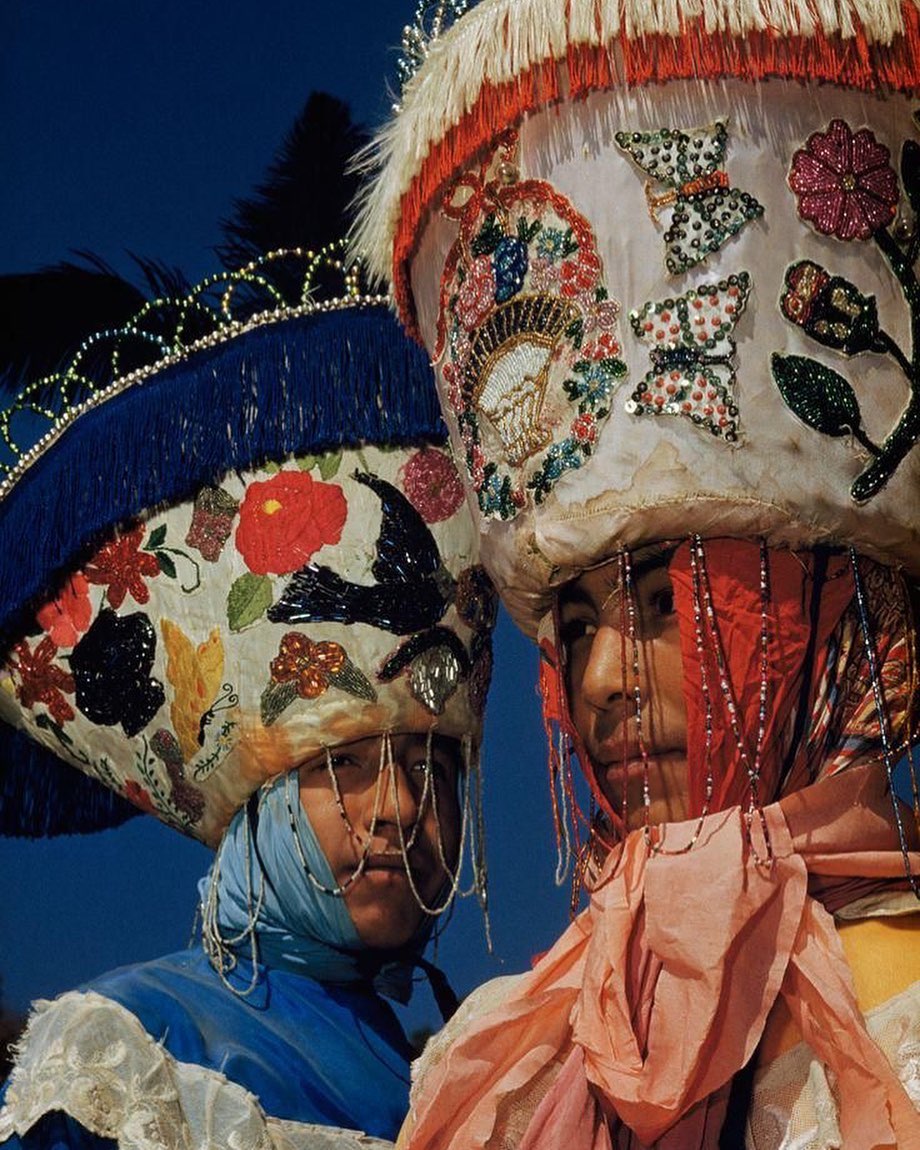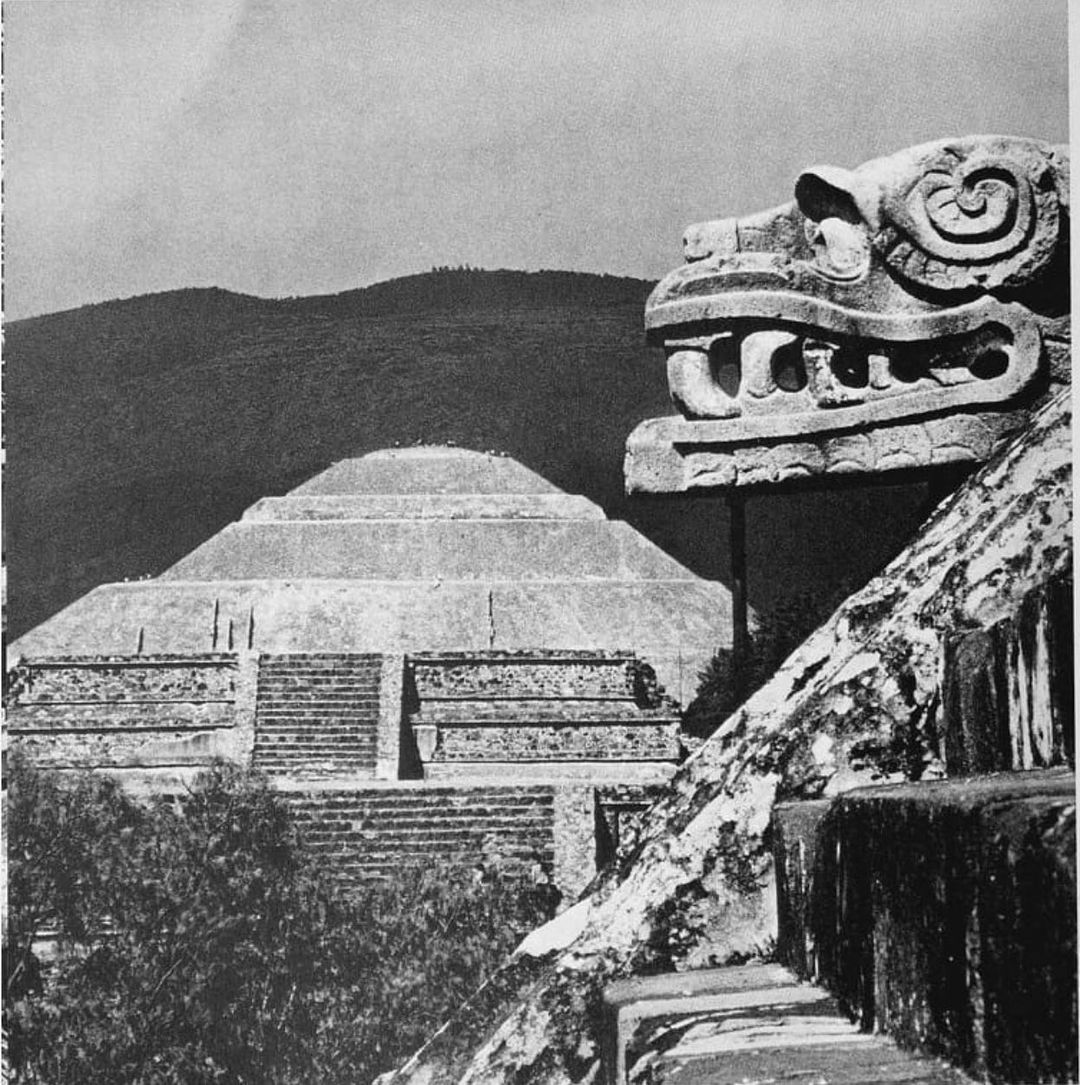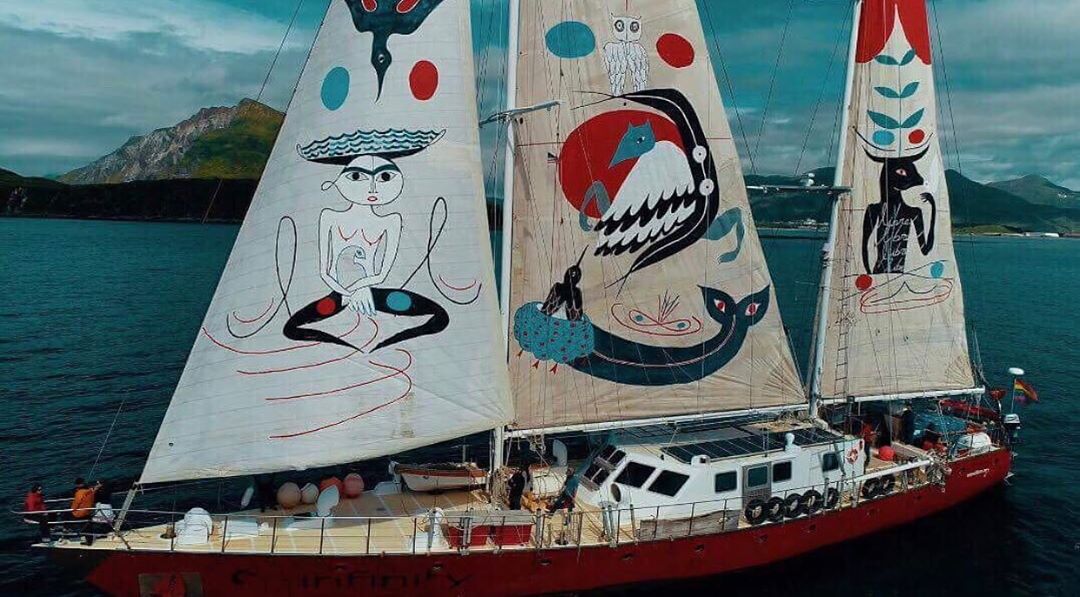The Instagram Account Working To Preserve & Promote Mexico’s Rich Cultural History
By Something CuratedInstagram account @vueltasur endeavours to preserve and promote essential Mexican art and culture, archiving fascinating and diverse imagery spanning ceremonial headdresses donned by carnival goers in Tepoztlán, and representations of ancient Aztec deities carved in stone, to interior design details from painted wall mouldings to the chairs of Clara Porset, alongside insightful excerpts from related texts. Its founder explains, “Histories are never truly lost. Often, however, they are forgotten. Or simply, they are reimagined and prescribed new narratives and meanings over time for easy absorption. Creating awareness of authentic Mesoamerican art, cultures and histories is at the core of Vuelta Sur.”

Among the page’s highlights is an image of a Mexican Tigre mask hailing from Zitlala, Guerrero. This style of Tigre – Mexican colloquial for Jaguar – mask is used on the feast day of the Holy Cross in early May. As part of the activities, men from different barrios put on jaguar costumes and carry out fierce fighting competitions that involve beating each other over the head with knotted rope. Although this is rough for the participants, the fighting is considered a crucial aspect in petitioning the deities for rain during the spring planting season. The impressive masks are made in leather and worn over the head to protect the wearer from injury. The leather is painted depending on which barrio of town the participant is from.

Elsewhere, discover the clothing worn by the Chinelos in El Carnaval de Tepoztlán. With Arab and Spanish routes, the celebratory outfits comprise stylish velvet tunics, topped off with an elaborate conical hat, featuring meticulously embroidered sequin embellishments, representing, among other things, images of colourful flora, and various local animals as well as portraits of Aztecs; the headpiece is finished with a lavish plume of ostrich feathers. “Mexico’s cultural richness is the vastness of the interesting ethnography of each indigenous town,” Vuelta Sur’s founder points out.

Keep scrolling to learn about seminal archaeological findings shaping our understanding of Mesoamerican history. Regarding the above image, Vuelta Sur writes: “In 2003, no one was prepared for what Sergio Gómez Chávez would encounter. When he started investigating what seemed to be a sunken depression in front of the Adosada. He tied a rope around his waits, and workers lowered him into what turned out to be a 12m deep shaft, clearly man made, and leading to a tunnel heading west. Exploring the 102m long tunnel, Gómez found himself 16m below the surface of the earth, perhaps the first to enter this space in 1,800 years, or even longer. Between 2009 and 2016, Gómez led a team to explore the passage, which led directly under the Feathered Serpent Pyramid, ending in three pools of mercury, a miniaturized landscape of male and female stone sculptures and 200 warrior skeletons.”

More recent creations highlighted on the page come courtesy contemporary artist Carlito Dalceggio. A public art enthusiast, Dalceggio has painted murals in cities across the world; one such project led him to create a mural, assisted by 40 children, in one of Rio de Janeiro’s most violent favelas. In 2013, a six-story multimedia exhibit of his work was presented in Istanbul, drawing over 80,000 visitors. On the image above, Vuelta Sur notes: “The great sails of this boat were hand painted by Mexican, New York based artist Carlito Dalceggio. A message of peace to the world and awareness to global warming. This image was before they sailed away through the Northwest passage. On their way to reach the closest point to the arctic pole, a sail boat has reached in history: ice melt being the key factor to allow them to sail that far north.”
Images courtesy @vueltasur